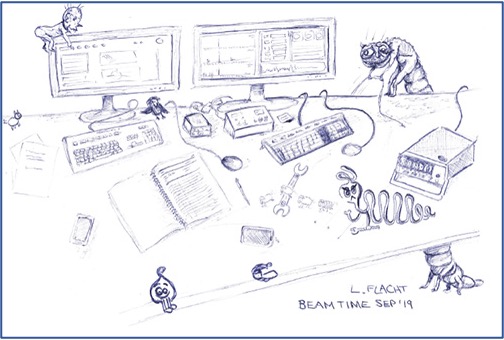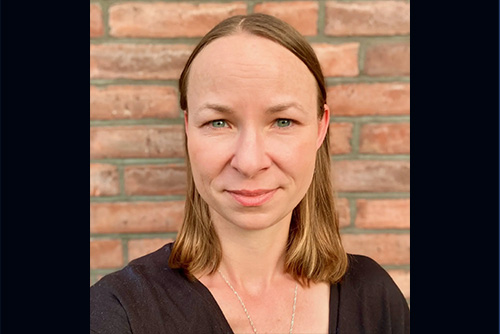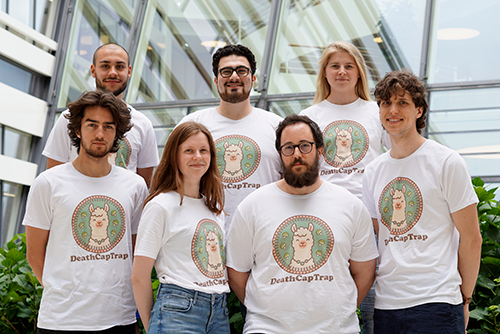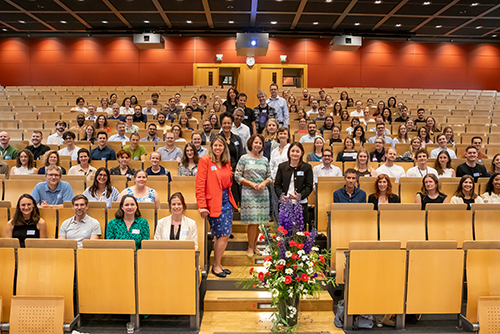Darobactin 22: The next antibiotic superstar?
Bacteria are continually evolving and developing new strategies to reduce antibiotics’ ability to successfully combat infection. According to the World Health Organization WHO, a growing number of infections – such as pneumonia, tuberculosis, gonorrhea, and salmonellosis – are becoming harder to treat as the antibiotics used to treat them become less effective.
The Marlovits group (DESY, UKE) together with collaborators from the Helmholtz Institute for Pharmaceutical Research Saarland (HIPS) have engineered a new molecule with superior antibiotic activity called darobactin 22. The researchers have published their findings in the international edition of Angewandte Chemie.
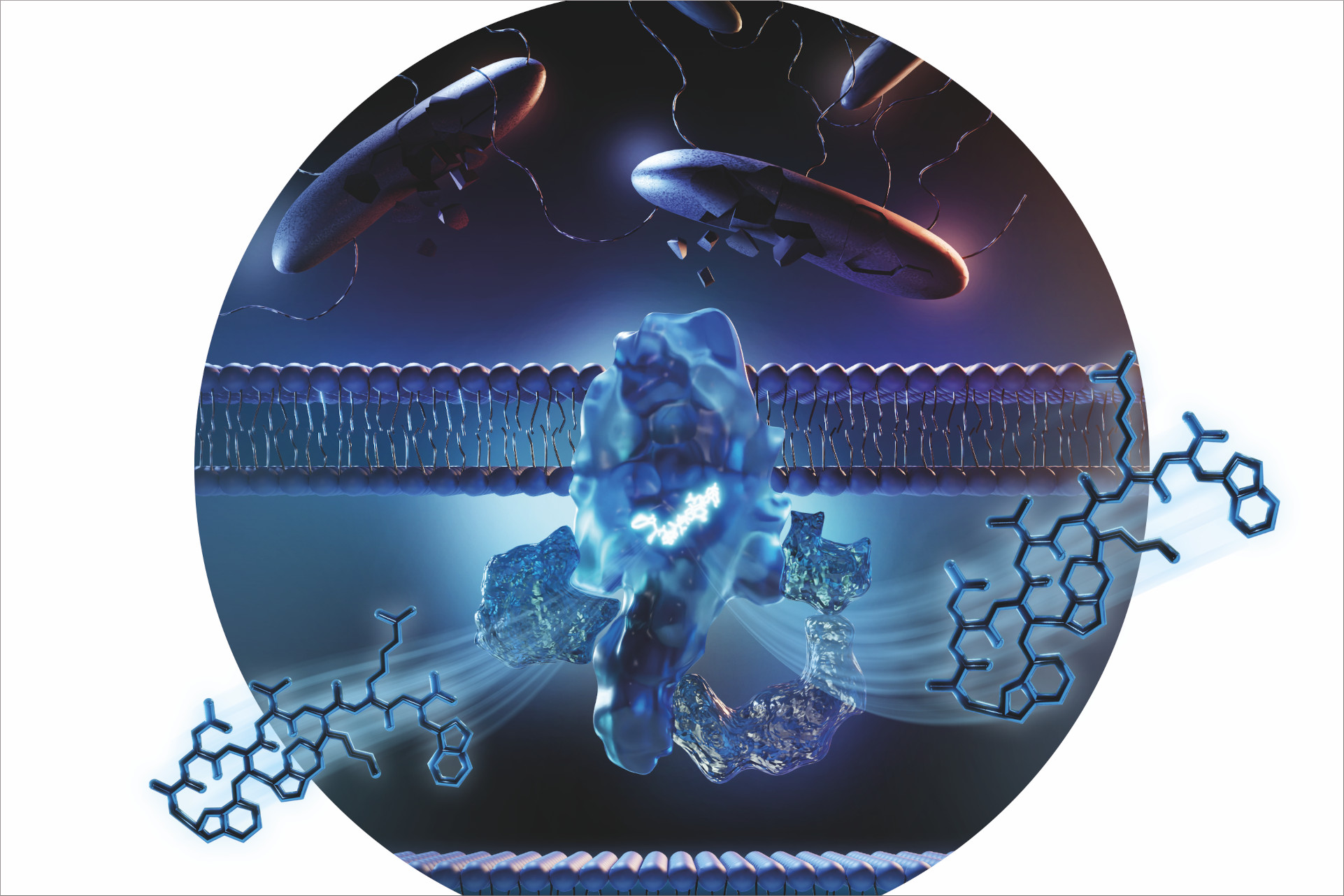
Darobactin is a naturally produced antibiotic derived from the bacterium Photorhabdus khanii which lives in symbiosis with threadworms. In Gram-negative bacteria, darobactin binds to the outer membrane protein BamA which is essential for the bacteria’s function. After the darobactin binds to BamA, the bacterium is no longer able to survive. To understand why darobactin is so potent, the researchers needed to investigate this binding mechanism in more detail.
Using a biosynthetic method, Carsten Seyfert, a PhD student from Rolf Müller’s lab, was able to purify enough of a biosynthetic engineered non-native darobactin derivative, darobactin D9, for biochemical and structural characterization in vitro. Biao Yuan, a post-doc in the Marlovits group, was then able to analyze the molecule in complex with the BAM complex using the single particle reconstruction at CSSB’s cryo-EM facility. “Unveiling the detailed molecular structure of the darobactin-BamA binding site helped us understand why the bond is so strong,” notes Yuan “this allowed us to develop a guided approach to modify individual parts of darobactin to create an even stronger version.”
Using the structural information, Carsten Seyfert was further able to create 20 novel biosynthetic derivatives of darobactin of which darobactin 22 turned out to be the strongest. “D22 surpasses the antibacterial activity of all identified native darobactins,” explains Seyfert “In fact, D22 is thirty-two times more active than its predecessors in combating Carbapenem-resistant Acinetobacter baumannii strains (CRAB), a hard-to-treat, antibiotic resistant bacteria.”
“We have demonstrated that modifying the binding sites of antibiotics can result in stronger, more potent antibiotic activity,” states group leader Thomas Marlovits “We are really excited to further investigate D22.” Future studies will look at improving D22’s binding strength as well as developing efficient ways to mass produce D22 synthetically for pharmaceutical use.
Scientists from Helmholtz Centre for Infection Research (HZI), Saarland University, German Centre for Infection Research (DZIF), University Hospital Cologne, UKE, CSSB, HIPS and DESY contributed to this research.
Source:
Darobactins Exhibiting Superior Antibiotic Activity by Cryo-EM Structure Guided Biosynthetic Engineering; Carsten E. Seyfert, Christoph Porten, Dr. Biao Yuan, Selina Deckarm, Dr. Fabian Panter, Dr. Chantal D. Bader, Janetta Coetzee, Felix Deschner, Dr. Kamaleddin H. M. E. Tehrani, Prof. Dr. Paul G. Higgins, Prof. Dr. Harald Seifert, Prof. Dr. Thomas C. Marlovits, Dr. Jennifer Herrmann, Prof. Dr. Rolf Müller; Angewandte Chemie International Edition, 2023; DOI: 10.1002/anie.202214094
